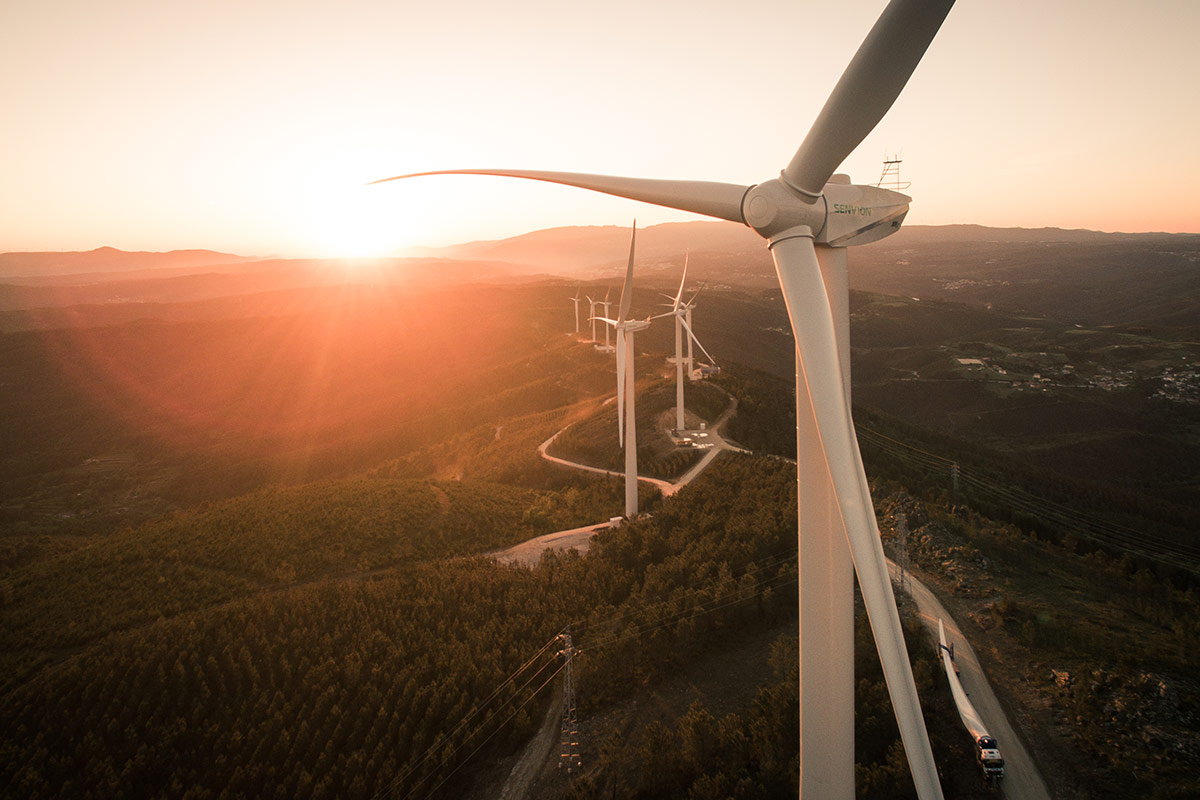13 February 2019
We cannot have a RES-powered world without system flexibility

On the 13 February WindEurope participated in a high-level workshop on power system flexibility organised in Paris by the International Energy Agency (IEA).
The IEA organised the workshop under the Power System Flexibility Campaign, which seeks to build momentum amongst industry and governments to enhance power system flexibility. This flexibility can be achieved through the coordinated deployment of advanced power plants, grids, demand-side response, and storage.
The panel presented the findings of the campaign until now and advanced the preparation of the 10th Clean Energy Ministerial and the publication of campaign’s final report. According to the panel, Ireland and Spain are now the leading countries in terms of power system flexibility.
Philippe Vassilopoulos from EPEX Spot presented the first local trade of flexibility, which took place in Germany on the 4 February 2019. The transaction, between EWE Netz and Audi, was about solving a local congestion risk. Flexibility of 2 MW was needed for delivery in 5 or 6 hours after the transaction.
Francisco Martinez from the Ministry of Energy of Chile and Sandhya Sundararagavan from the Center for Study of Science, Technology and Policy in India analysed Chile’s and India’s needs in flexibility. In India, electrification, investments in grid infrastructure and the population are growing. The country’s peak demand is expected to increase remarkably: 50% in the next four years. In parallel, a rapid increase of Renewable Energy Systems (RES) is taking place.
But for electrification to work, sector coupling is crucial. Emanuele Taibi from the IEA highlighted the importance of electric vehicles, heating, gas and hydrogen in managing electrification. On this point, Timon Dubbeling from ACM Netherlands presented a major initiative in the Netherlands for replacing gas infrastructure with renewables or Power to X, for heating. Under this scheme 1.5 million households from the existing building stock will be disconnected from the gas infrastructure. Adam Hart from Chargepoint outlined opportunities for cross-sector system integration based on the charging infrastructure for electric vehicles.
John Lowry from EIRGRID pointed out system scarcities in 2030 and raised important questions for long-term strategies on RES integration. When the world reaches maximum RES deployment, will we need to accept energy spill? Will it make sense to invest in assets for the public good? Electrification, as a means of decarbonisation, is about societal change. In a 100% RES environment, the system will be expected to provide resilience and not just energy.
Increasing power system flexibility and accelerating electrification are necessary for high RES integration. Do you want to read our position paper on renewables’ system integration?

